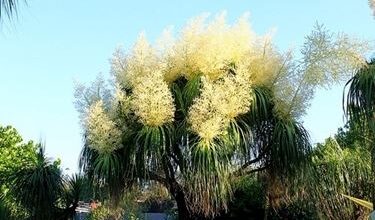The red sheath on ficus: are rubber plants flourishing?
If you have grown a rubber tree ( Ficus elastica ), especially the burgundy type, and have noticed what looks like a beautiful flower unfolding, you may begin to wonder if the rubber tree is blooming or if it is your imagination. Find out in this article.
Is the rubber tree in bloom?
Yes, the rubber tree is capable of producing flowers and, later, berries. It is a species of fig, after all, related to the figs that are grown commercially to produce the garnish for your Newtons. But popular houseplant species such as the rubber tree and its cousins, the weeping fig ( Ficus benjamina ), rarely flower or bear fruit.
The actual flowers of rubber plants are small, greenish and insignificant; they are also unlikely to occur in a rubber plant growing indoors in a container or even in a plant growing outdoors in warm temperate or semi-tropical conditions.
What is the Red Pod on Ficus?
As colourful as any flower, the red ficus pod can be a striking addition to indoor or outdoor gardens, but it is not a flower or even the beginning of the rubber tree’s flowers. The truth is that a flowering rubber tree is less likely to attract attention than a rubber tree in the process of producing a new growth, from a burgundy to bright red pod on a ficus.
The red pod of the ficus develops when the plant is actively growing and produces new leaves, most commonly in the spring and summer in healthy plants. Not all varieties of rubber trees wrap their developing foliage in red, but widely available cultivars such as Rubra and Burgundy produce their new growth from a bright red to deep red pod and also have veins and stems with reddish leaves. After the appearance of a new leaf, the pod usually turns brown and wrinkles.
Whatever the predominant colour(s) of your rubber tree’s foliage, white, pink, cream and golden varieties are also available:
- Give it a place where it can receive bright, indirect light.
- Wipe the sheets from time to time with a damp cloth to remove dust from smooth, wide surfaces.
- Keep the soil evenly moist during the growing season, but avoid over-watering, which will cause leaves to fall. In the autumn and winter, allow the upper part of the growing medium to dry between waterings.
Rubber plants require good drainage but are also attractively foliage and easy to grow. You may not have a rubber plant in bloom, but you can enjoy the colourful foliage of the rubber tree for years with little care.

